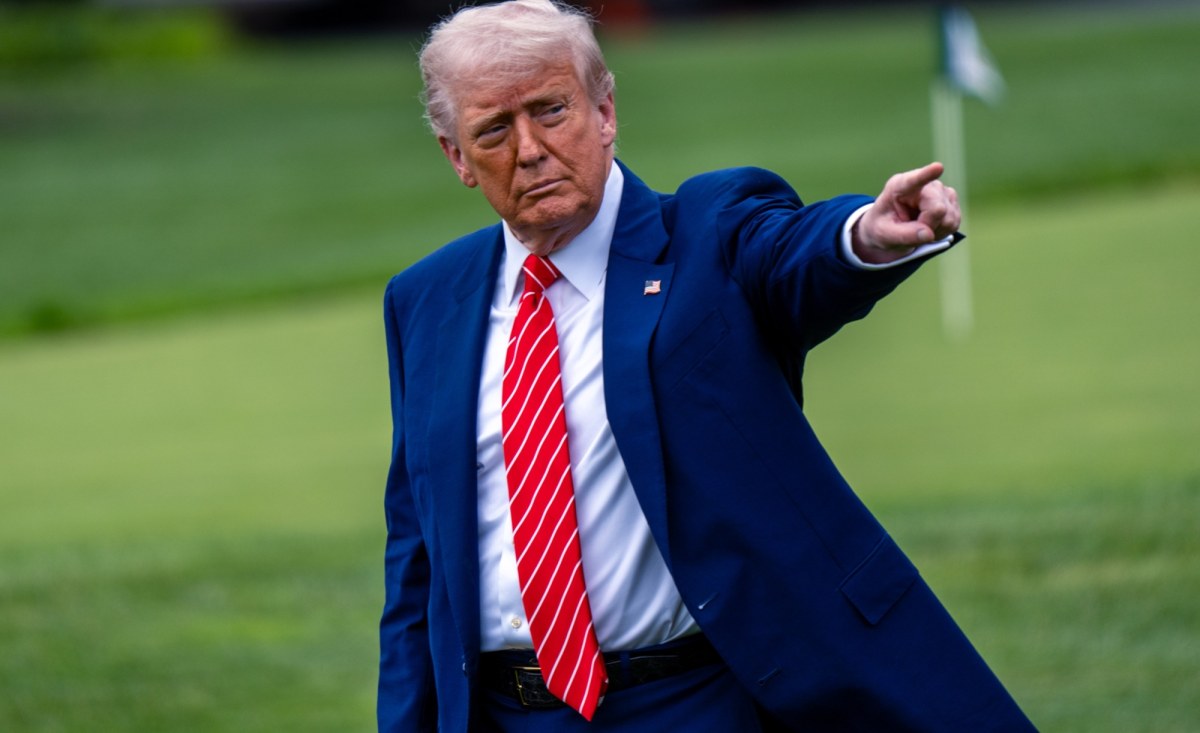
The Lucky Continent?
By Elwin de Groot, head of macro strategy at Rabobank
While European equity markets ended the day on a slight positive note, the US market could not hold its opening gains and the S&P500 ultimately ended down some 0.5%. The US treasury curve flattened, led by front-end increases in rates (2y +5bp), following the significant steepening last week. European yield moves stayed within a narrow +/- 2bp range.
The US trade deficit shrunk further in June, to $60.2bn, the lowest deficit since September 2023. Unsurprisingly it was yet another significant decline in imports – as tariff-mitigating frontloading activities faded – that drove that decline in the deficit. A prime example, again, were Swiss goods shipments, which showed a (seasonally adjusted) drop in US imports to $6.7bn from 13.4bn in May. That brings the US trade balance deficit even below its pre-trade war level and this suggests that we could start to see a reversal of the front-loading trade over the next few months.
That also means that the backlash is yet to come for exporting countries. So, even though the US-EU trade deal was slightly more favorable than we had accounted for in our projections for the Eurozone, the economy could still slip into a recession. But that would more likely still be more a technical contract rather than a real recession.
Economists may have gotten a bit more clarity on the tariffs in recent weeks, especially when it comes to several big economies such as Japan and the EU (although questions remain). But for some other countries, the prospects remain far less certain (if that word still has any meaning).
Case in point is India, which is still asking itself how to respond to Trump’s recent tirade and his threat of a substantial increase in the current 25% tariff on Indian exports, because of its “high barriers to trade” and its purchases of Russian oil. So far, Modi’s government has been intransigent, arguing India is being unreasonably targeted by the US. The country is looking for ways to limit the economic damage, but Bloomberg reports that officials will continue to seek back-channel talks to ease the tensions. It remains to be seen whether India is willing to risk a significant escalation – like China was.
Switzerland is in a similar crisis-fighting mode. After the surprise announcement of a 39% tariff on Swiss exports last Thursday, the country’s leaders have been frantically discussing alternative proposals to bend this rate, which is more than double the tariff the EU agreed with the US. The tariff will go into effect tomorrow, so Swiss President Karin Seller-Sutter flew –unsolicited!– to Washington yesterday with a “more attractive offer” in her bag.
Business minister Parmelin commented on Swiss public radio that the government needed to “fully understand what happened” between Swiss and US trade negotiators. Not too long-ago, reports had suggested that Switzerland could be one of the first countries to announce a deal with the US, after the UK. There was even some optimism that the tariff could be a low as 10%.
That said, there is a clear difference between the British and Swiss trade relationships with the US. The UK has a modest goods trade deficit with the US. Switzerland, by contrast, has a buoyant surplus. This stood in the region of CHF 38.5bn last year, with chemical and pharmaceutical products being a key part of that. This contributed to Trump’s initial threat of a 31% tariff for Switzerland. It is not clear why that rose to 39% on August 1, but reports do point to a difficult phone call between the Swiss president and Trump last week.
There is speculation that Switzerland’s new offer could follow the blueprints of the Japan and EU deals, which include pledges to buy more American LNG and to invest more in the US. That said, on a per capita basis, Switzerland has already pledged a significant amount of investment into the US and Swiss multinational companies already have sizeable facilities in the country.
Perhaps as a last-ditch effort may we suggest the Swiss President emphasize to President Trump that the “Trump Victory Tourbillon comes equipped with a Swiss-made TX07 Tourbillon”, as the Trump watch website advertises?
Our FX strategist, Jane Foley, notes that Swiss economic data and inflation have been relatively weak lately. Assuming Swiss politicians can negotiate a trade deal with the US with a baseline tariff closer to 15% this week, the probability of another rate cut this year – following the June cut – will likely diminish. That may give the CHF some support, and on this outcome we see scope for EUR/CHF to return to 0.93 near-term. However, confirmation of higher tariffs would likely lead to further upward pressure on EUR/CHF. The June high in the 0.9430 area may offer some resistance.
Remarkably some European officials are now even using the troubles nations such as Switzerland and India are facing to give a positive spin on the EU’s recent trade agreement. They argue that the US-EU deal may be better than deals some others have gotten or may get.
Both sides are in the final stages of drafting a joint statement on their trade deal, which would essentially be a nonbinding rundown of what both sides have agreed to, according to those officials. One EU official also said that negotiators hope to have more news soon on the list of goods that will be exempted from the 15% tariff.
However, if the EU pushes too far, it may draw the ire of the US president, who already remarked that he will impose a 35% tariff on EU goods if the EU does not make good on its promise to invest an additional $600bn over Trump’s term. And note that the EU’s ‘commitment’ on that front is hard to steer, given that most of those investments should be done by the private sector (and if this implies factories moving from Europe to the US that would obviously weigh on European growth potential further down the line).
Tyler Durden
Wed, 08/06/2025 – 11:25

 4 miesięcy temu
4 miesięcy temu









